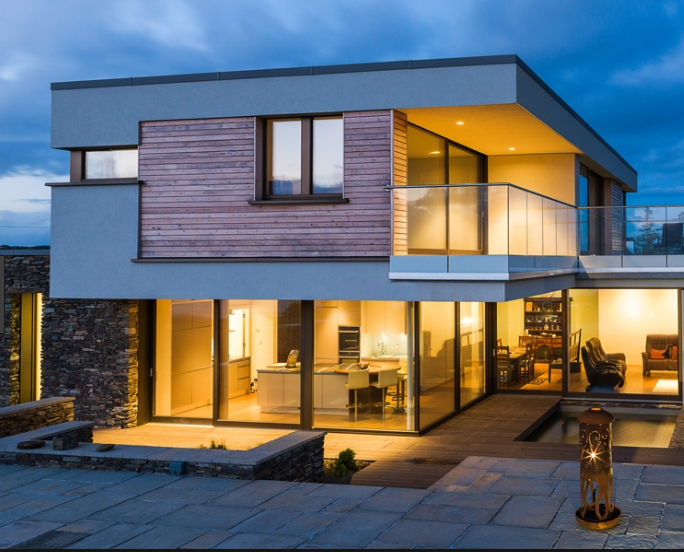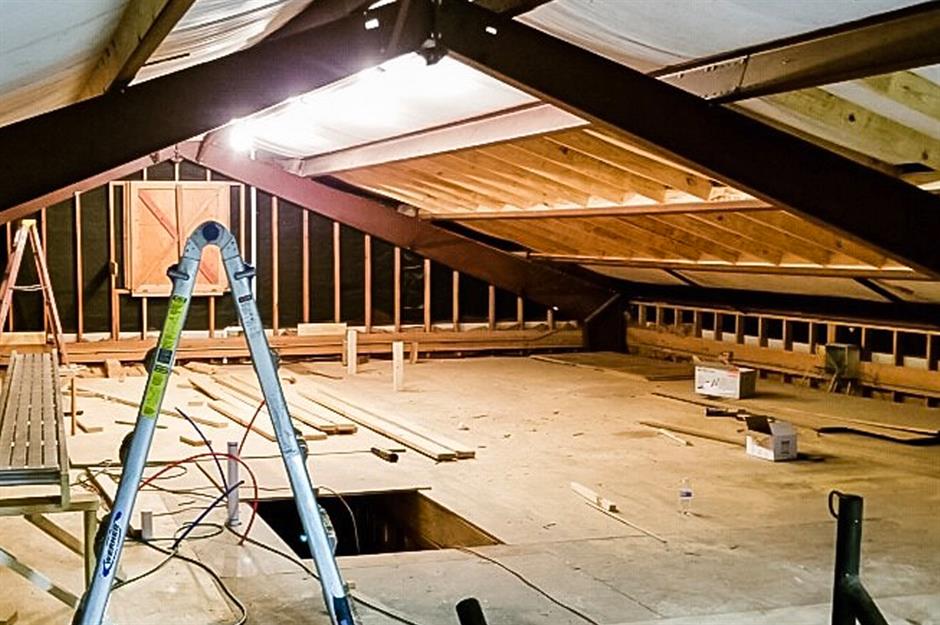When constructing a new house, ensuring the best water pressure for new house is crucial for comfort and functionality. As a homeowner or real estate developer, understanding the intricacies of water pressure will help in making informed decisions that enhance the living experience. In the early stages of planning your home, considering factors like water supply lines, plumbing fixtures, and potential filtration systems will contribute to achieving optimal water pressure.
In this guide, we will explore what constitutes the best water pressure for a new house, delve into the various factors that affect it, and offer practical solutions for maintaining it. This knowledge is essential for anyone involved in home construction or renovation, ensuring that the new house meets modern standards of comfort and efficiency.

Understanding Water Pressure
Water pressure is the force exerted by water as it flows through the plumbing system. It is measured in pounds per square inch (PSI). Typically, residential water pressure should be between 40 to 60 PSI, with 50 PSI often considered ideal. Anything below or above this range can lead to various issues.
Why Water Pressure Matters
Having the right water pressure is important for several reasons. Low water pressure can result in weak showers and slow-filling appliances, while high pressure can damage pipes and lead to leaks. Moreover, consistent water pressure ensures that all plumbing fixtures and appliances function effectively, providing a seamless experience in your new home.
Factors Affecting Water Pressure
Municipal Water Supply
The pressure provided by the municipal water supply directly impacts the water pressure in your house. This can vary depending on your location and the infrastructure in place. It’s essential to check with local authorities to understand the expected water pressure levels.
Plumbing Design
The design of your home’s plumbing system plays a significant role in determining water pressure. Factors such as the diameter of pipes, the distance water travels, and the number of fixtures can all influence pressure levels. Proper planning and design can mitigate potential issues.
Water Supply Lines
The choice of water supply lines is critical. Materials like copper, PEX, or PVC can have different impacts on water flow and pressure. For more insights on water supply lines, visit water supply lines.
Ensuring Optimal Water Pressure
Installing Pressure Regulators
Pressure regulators are devices that control the water pressure entering your home. Installing a pressure regulator can help maintain consistent pressure, protecting your plumbing system from damage and ensuring a steady flow.
Whole House Filtration Systems
Filtration systems can sometimes affect water pressure. It’s crucial to choose a system that minimally impacts pressure while providing clean water. For more information, explore whole house filtration systems.
Regular Maintenance
Regular maintenance of the plumbing system is vital for sustaining the best water pressure. Checking for leaks, cleaning aerators, and servicing pressure regulators can prevent pressure-related issues. For additional maintenance tips, visit plumbing maintenance tips.
Common Water Pressure Problems and Solutions
Identifying Low Water Pressure
Low water pressure can often be identified by weak water flow from taps and showers. It may result from clogged pipes, faulty fixtures, or issues with the municipal supply.
Fixing Low Water Pressure
To address low water pressure, start by inspecting fixtures for clogs or damages. If the issue persists, consider consulting a professional plumber to assess the plumbing system. Upgrading pipes or installing a booster pump may be necessary.
High Water Pressure Concerns
High water pressure can lead to pipe damage and leaks. Symptoms include banging pipes and quick-wearing appliances. Testing pressure levels with a gauge can confirm if adjustments are needed.
Resolving High Water Pressure
Installing or adjusting a pressure regulator is a common solution for high water pressure. In some cases, reducing the diameter of pipes or using pressure-reducing valves may also help.
Future-Proofing Your Home
Smart Home Integration
Integrating smart home technology can help monitor and manage water pressure effectively. Devices that alert you to pressure changes can prevent damage and ensure efficient water usage.
Sustainable Plumbing Fixtures
Choosing eco-friendly fixtures can enhance water efficiency without compromising pressure. Learn more about sustainable options at eco-friendly plumbing fixtures.
Conclusion
Achieving the best water pressure for new house involves careful planning and ongoing maintenance. By understanding the factors affecting water pressure and implementing solutions like pressure regulators and smart technology, homeowners and developers can ensure a comfortable and efficient living environment.

FAQs
What is the ideal water pressure for a new house?
The ideal water pressure for a residential home is typically between 40 and 60 PSI, with 50 PSI being optimal.
How can I test my home’s water pressure?
You can test your home’s water pressure using a pressure gauge, which can be attached to an outdoor hose bib or a faucet.
What should I do if my water pressure is too high?
If your water pressure is too high, consider installing a pressure regulator or consulting a professional plumber for further assessment.
For more details on planning plumbing for your new house, visit planning plumbing for a new home.
This article contains affiliate links. We may earn a commission at no extra cost to you.




